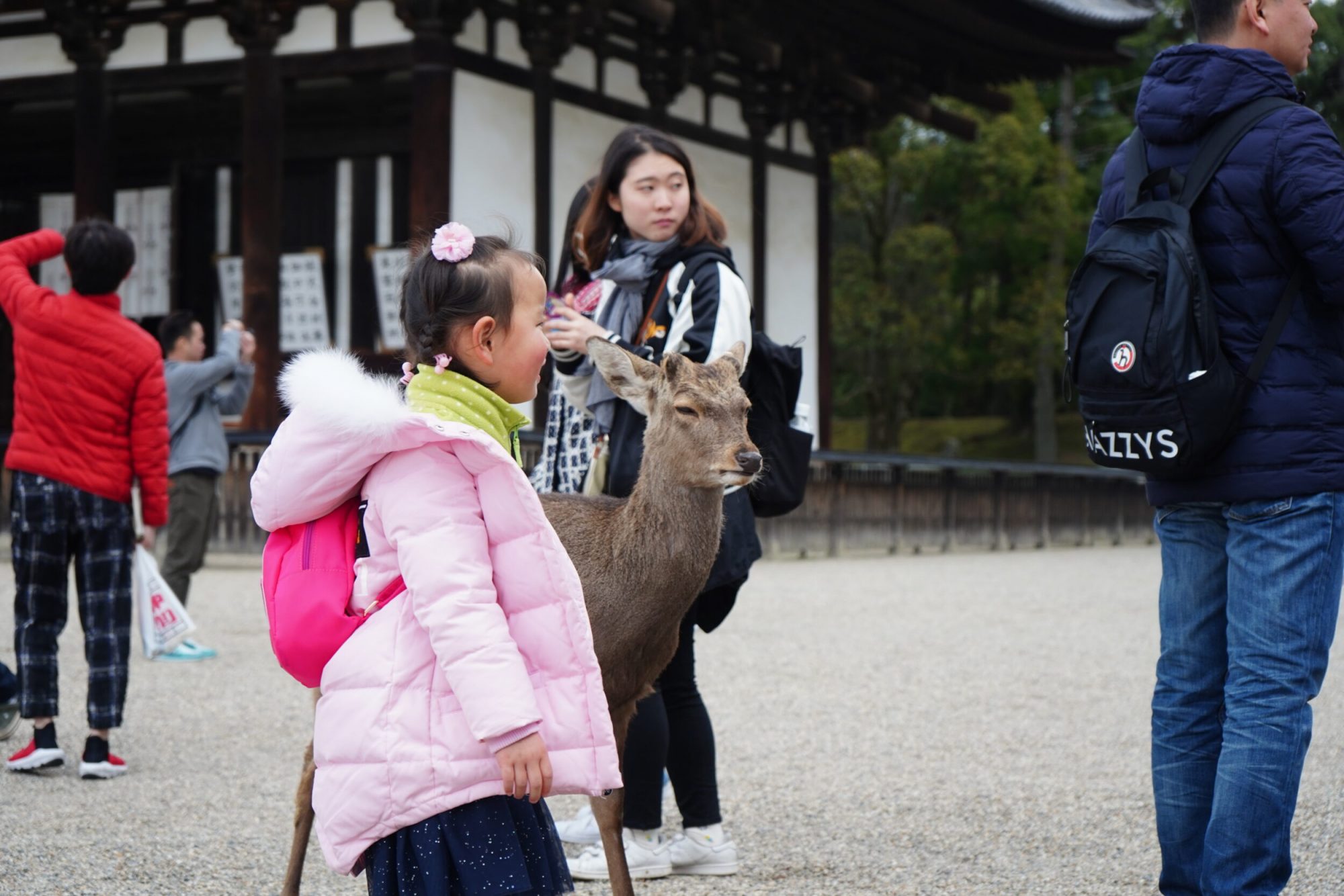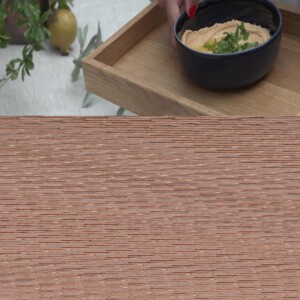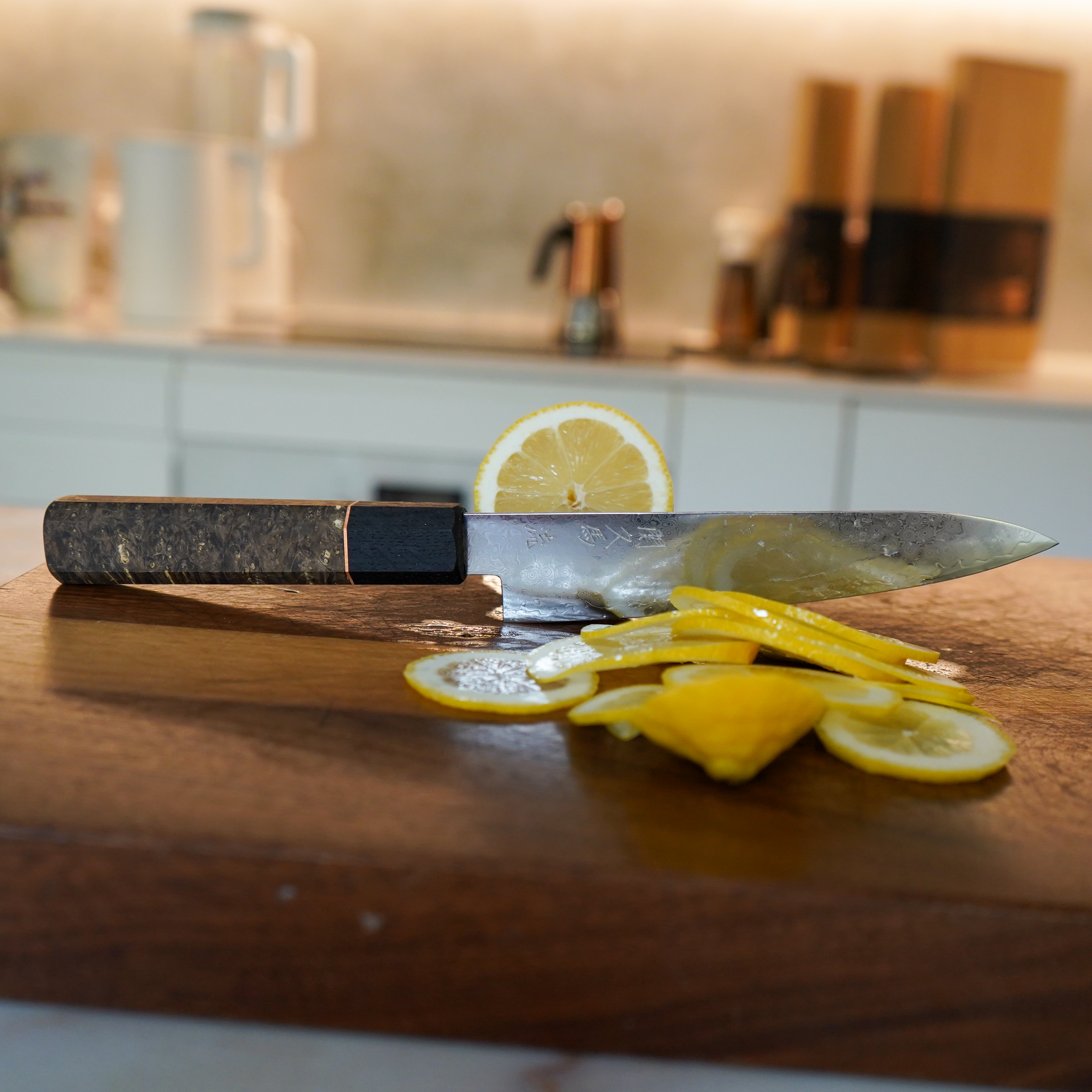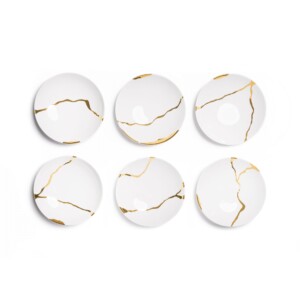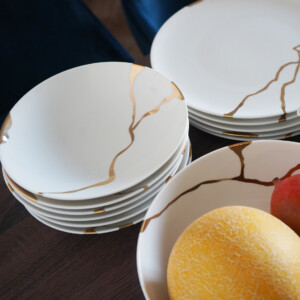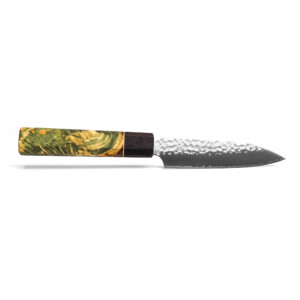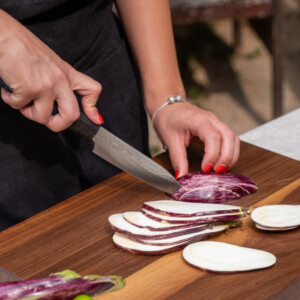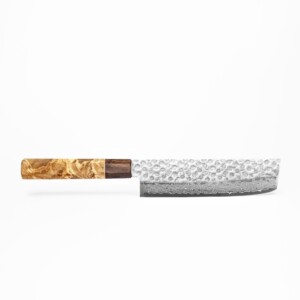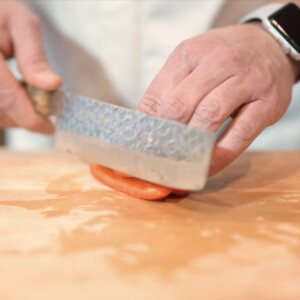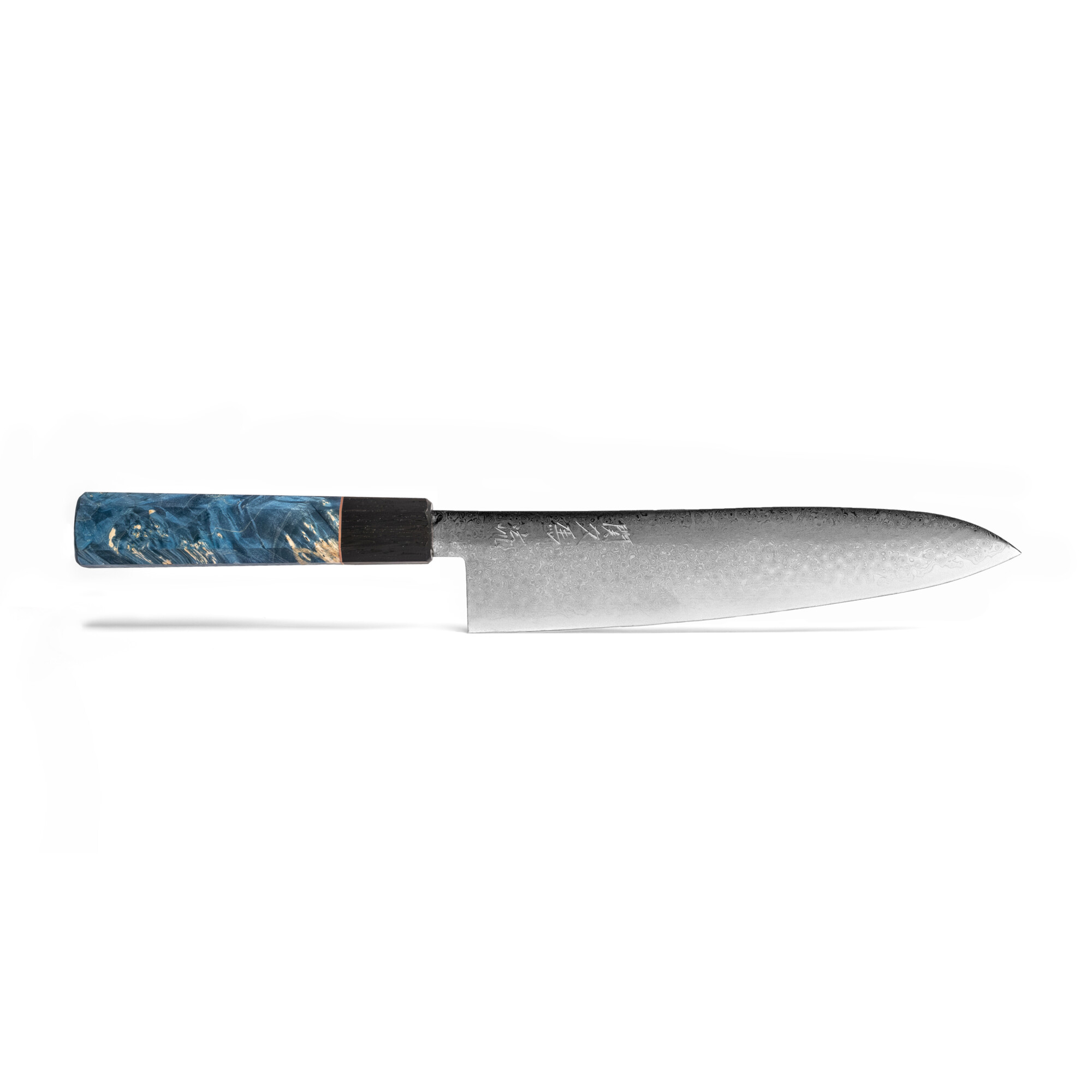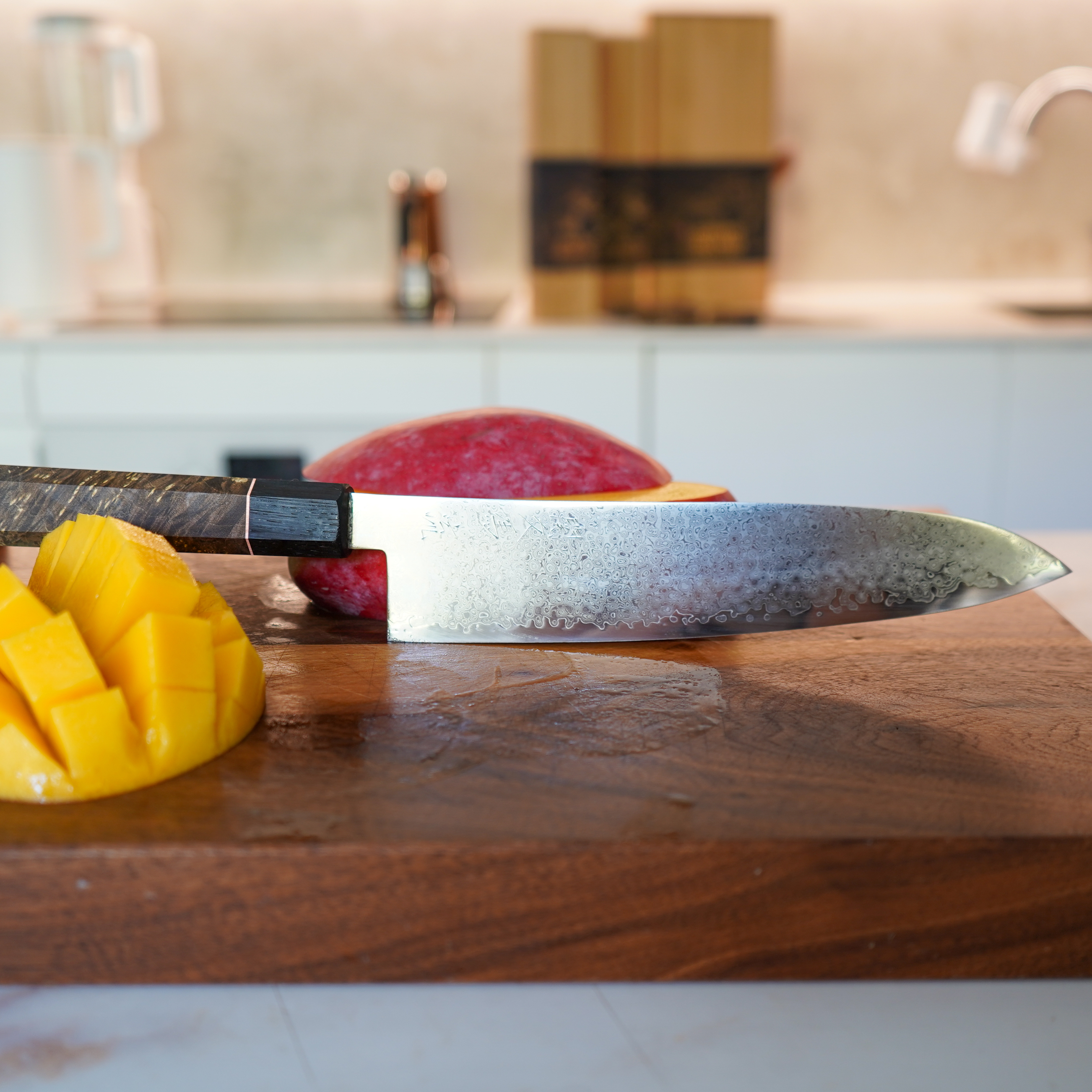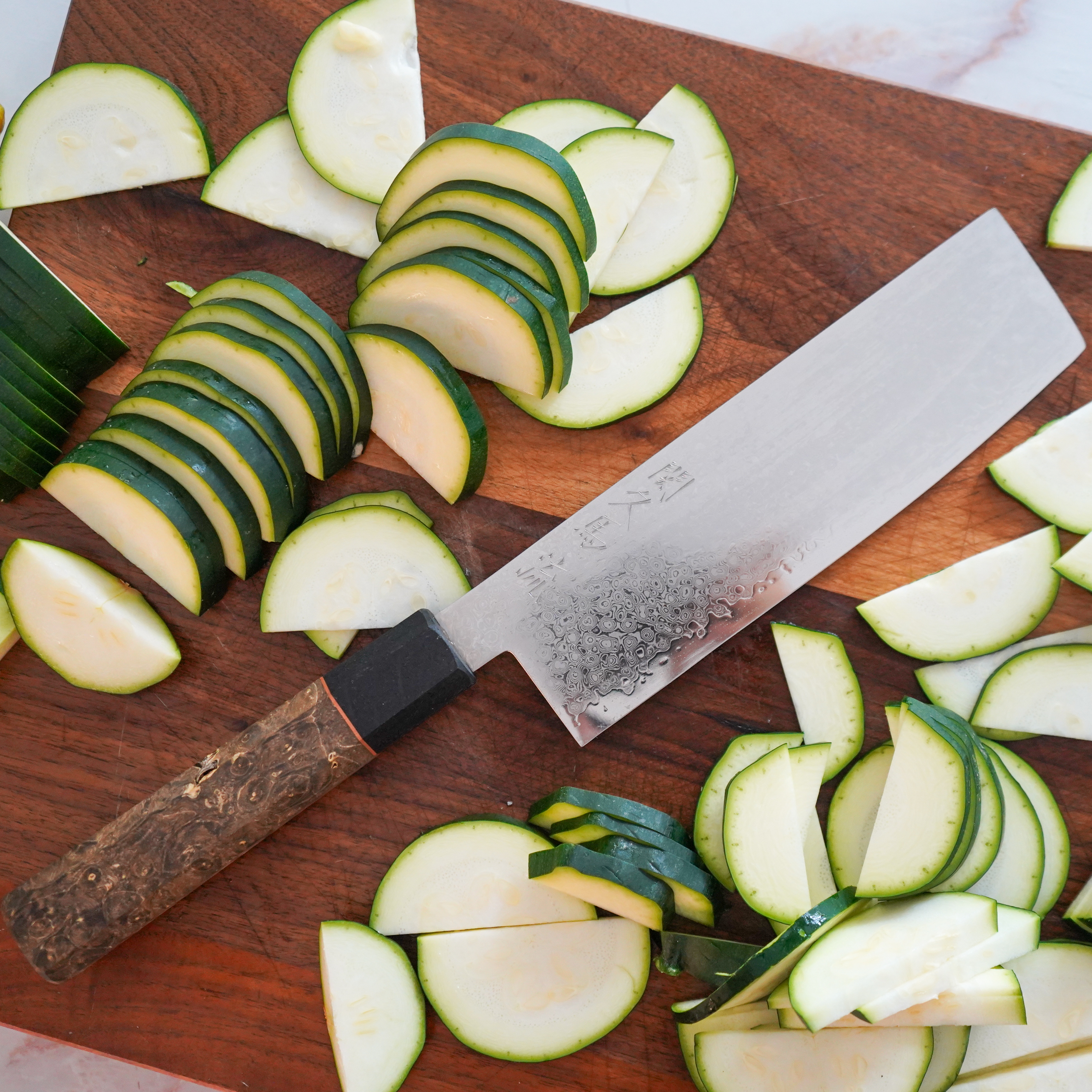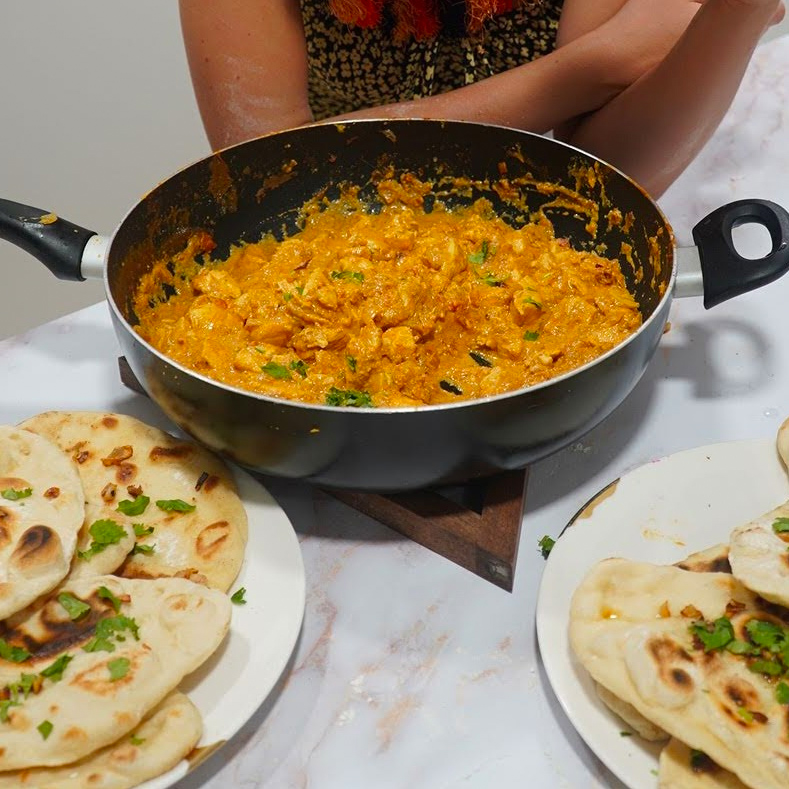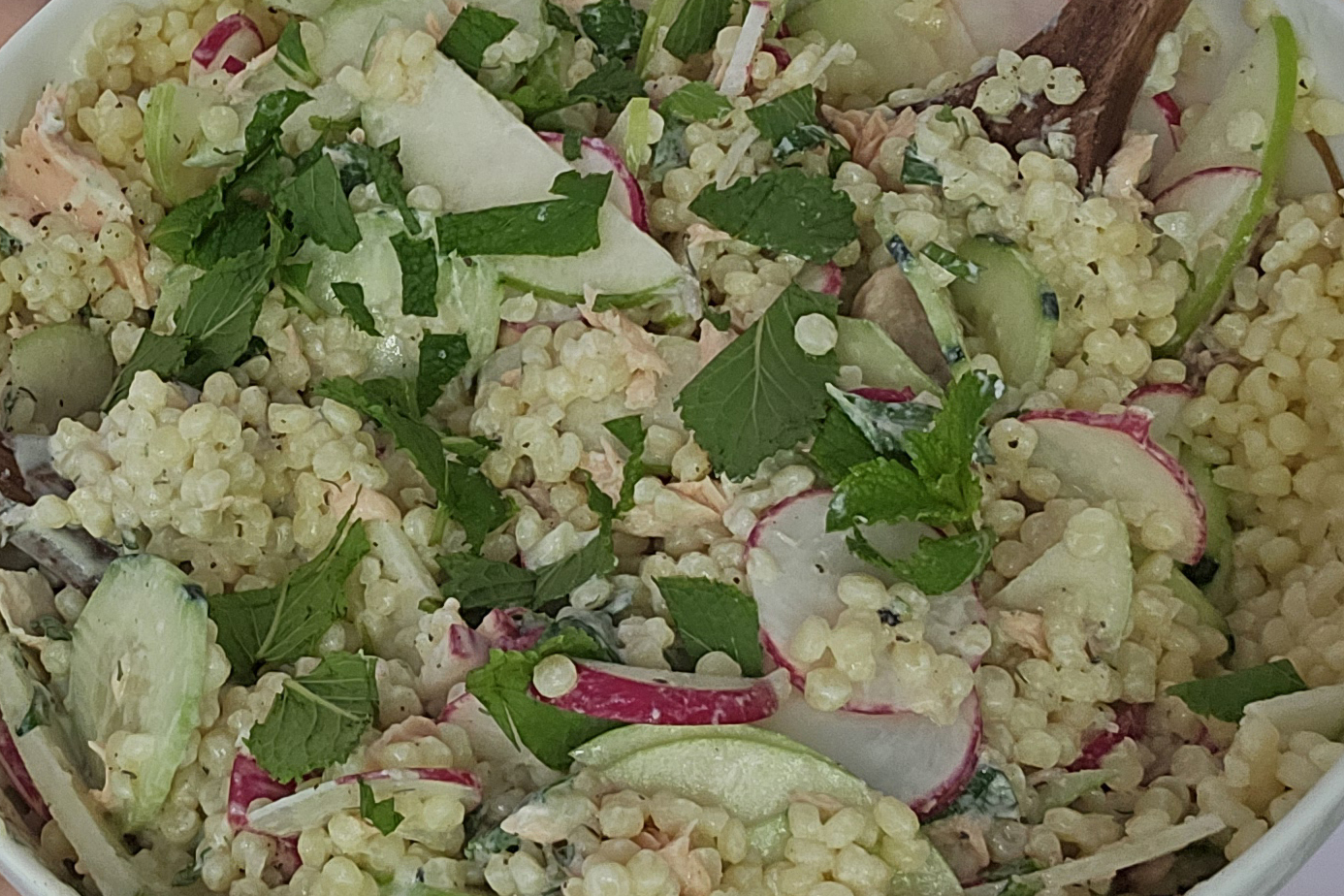This blog is the first one in our series of Secrets of Japanese Business Etiquette (How not to Faux Pas). In particular, it will clear any confusion in terms of bowing and greetings when conducting business in Japan.
The Secrets of Japanese Business Etiquette series
It is easy to experience culture shock when visiting Japan as a Western citizen. What is considered normal or polite in Japan may not be the same in the West, and vice-versa. These differences are even more apparent when doing business in Japan or with Japanese people and are therefore crucial to know in order to successfully conduct business.
Some industries are more ‘relaxed’ and westernised than others. Nevertheless, when we at Oishya started doing business with a very conservative and patriarchal Japanese blacksmiths, we had to overcome a lot of cultural clash. That’s why in today’s article we’ll try to help you encode often misunderstood aspects of doing business in Japan.
There has been much written about Japanese business etiquette, but sadly much of it seems written by people who have not been to Japan for many years. Also, most guides do not take into consideration that Japan is a clash of traditions and modernity. This is why we have come up with our Business etiquette series which covers:
Good business etiquette
Excluding those few very extreme cases of industries, Japanese business etiquette is not so different from a good business etiquette elsewhere. After all, evoking a sense of trust, politeness, sensitivity to others, and good manners are the pillars of good business etiquette everywhere. The biggest difference with Japanese business etiquette, as with Japanese society, is that it tends to be more formal (especially at a first meeting). Only here you’ll see an exchange of business cards to be of almost ritualistic order.
Fortunately for foreign company executives doing business in Japan, the Japanese will treat them more leniently. You won’t be held to the same strict standards expected of their Japanese colleagues. Usually, Japanese business people will tolerate quite severe transgressions (within reason), while minor transgressions, which would doom a Japanese salesperson, might even help to break the corporate ice.
The key aspects of Japanese business etiquette to consider, mostly related to first meetings, especially first meetings with senior Japanese executives. As time passes, the relationship with a Japanese customer strengthens and the formalities will decrease, especially after one or two dinners, lunches, or even offsite meetings at coffee shops. Regardless, we recommend never to assume you have reached the same level of business intimacy with a Japanese senior manager or executive, as you might have with executives in Europe, US or elsewhere.
Japanese usually do not begin to trust a person in business until having known them for at least 8-10 years. It’s common that you will not learn about your counter-party’s family life, or even if they have a family. Unless there is full trust, there are some things that many Japanese businesspeople will just not talk about.
Greetings and Bowing
A courteous greeting is important. When you meet someone you have to bow and greet them. This is a very important etiquette in Japan and if you notice any local not bowing to another it will be considered very rude. However, for tourists, inclining your head or just an attempt at bowing will be highly appreciated by the Japanese. Also, properly addressing someone is an important part of Japanese customs. You should attach the suffix “san” to their last name, this shows respect for the person (like a title).
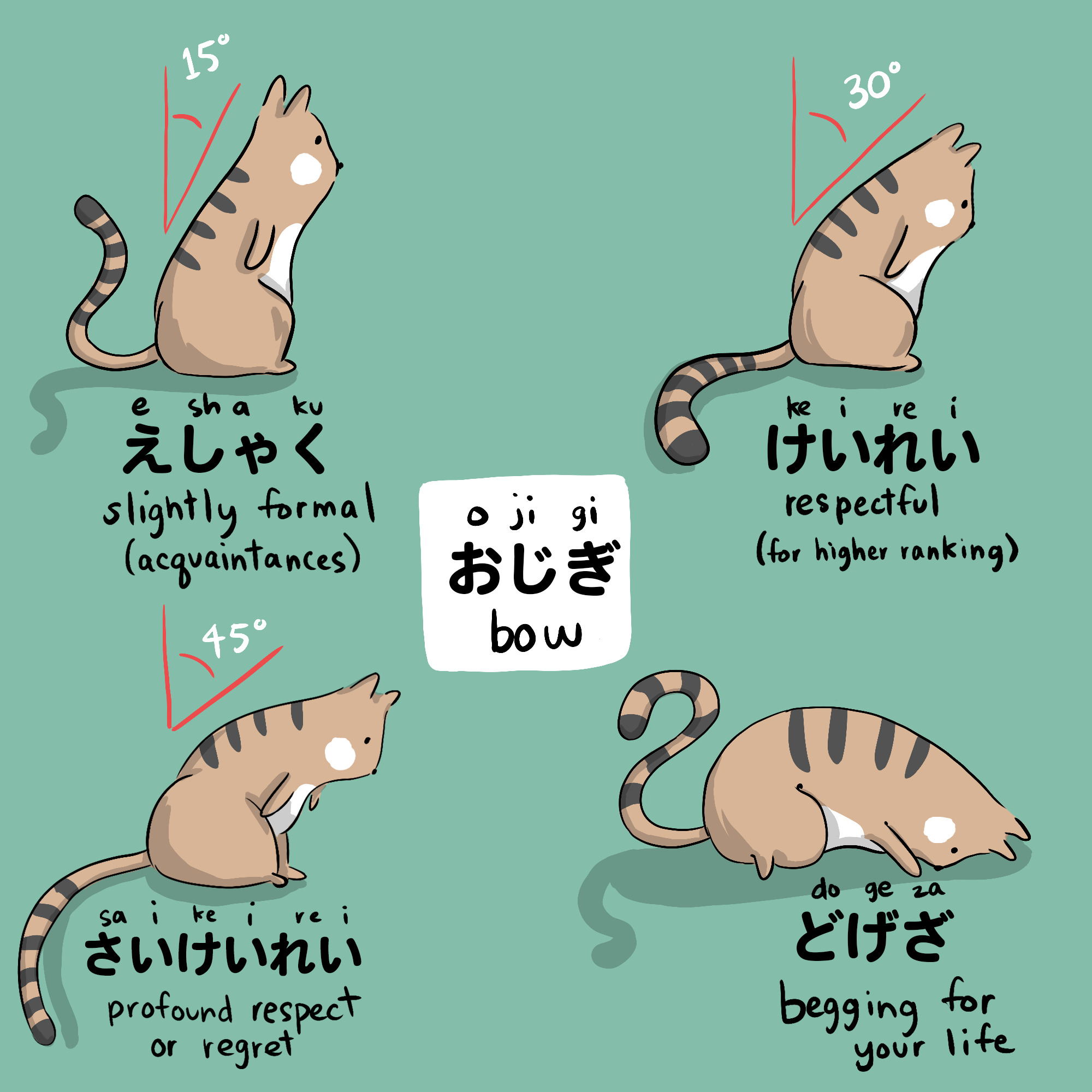
Source: Japan Society
The art of bowing is so important in this country that children learn it at an early age. There are many different ways to bow in Japan. Of course, foreigners are not expected to bow, but the Japanese will be pleased if you return a bow. Here are some of them:
- The greeting bow (“eshaku”) of 15°. This is for people of equal business or social rank.
- The respectful bow (“keirei”) of 30°. This is for a teacher or a boss.
- The deeply reverent bow (“saikeirei”) of 45°. This should be used to apologise or if you see the emperor.
- The “begging for your life” bow. Nowadays, this is probably only used if you have done something really terrible.
Fun fact. In Nara Park, in Nara, Japan deers learned to bow when asking for food. If you ever go there, try it.
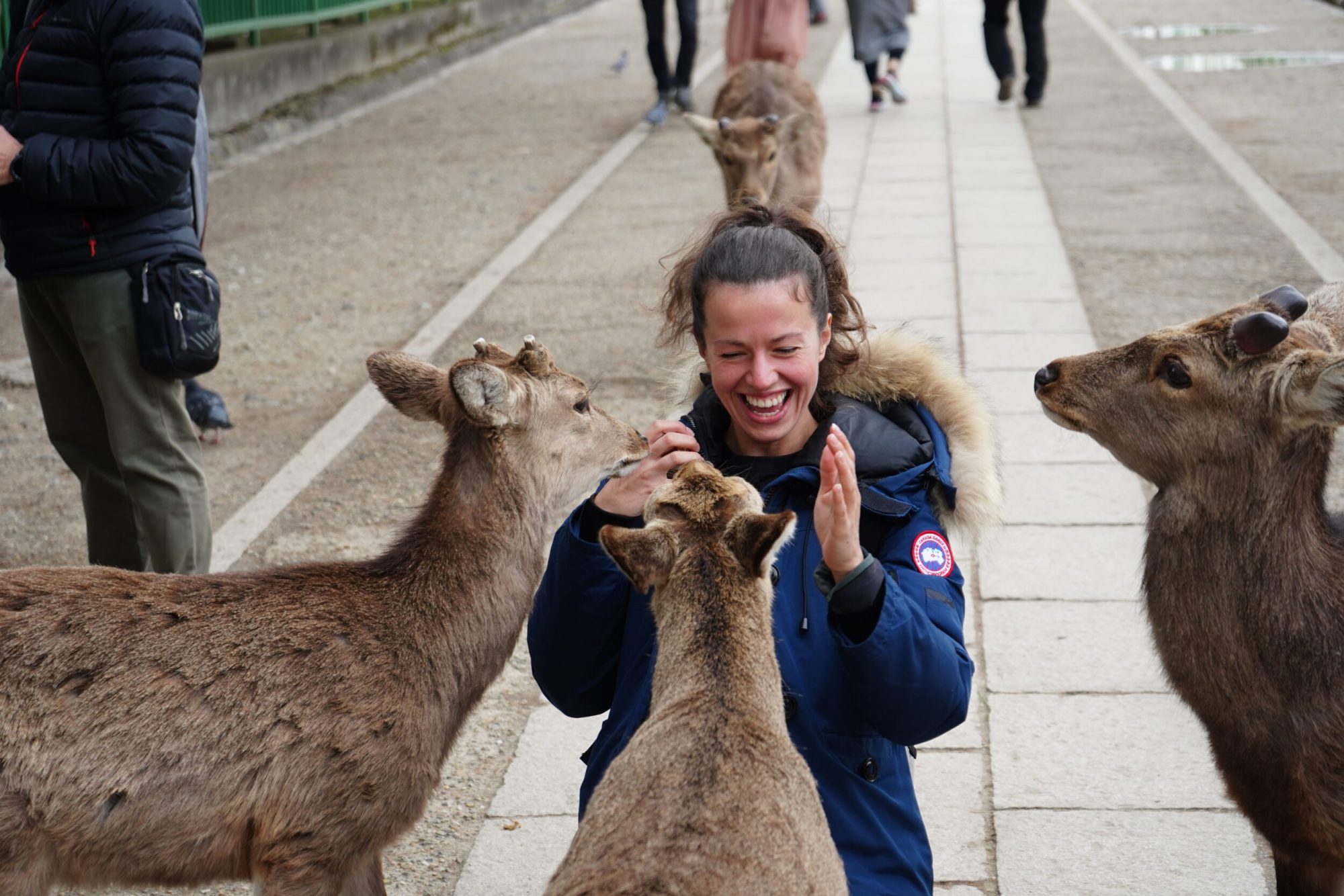
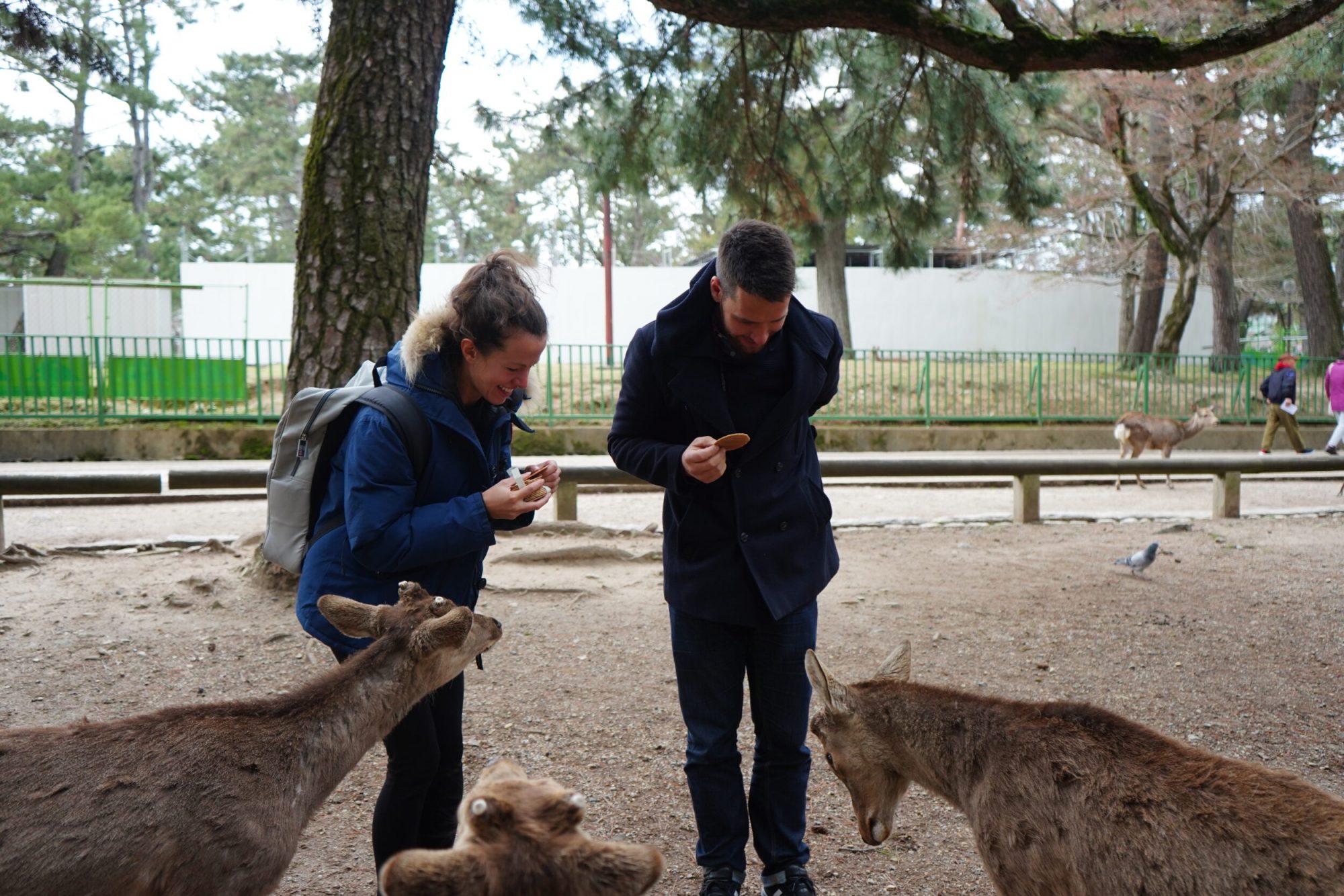
Some of the deers are are very playful….
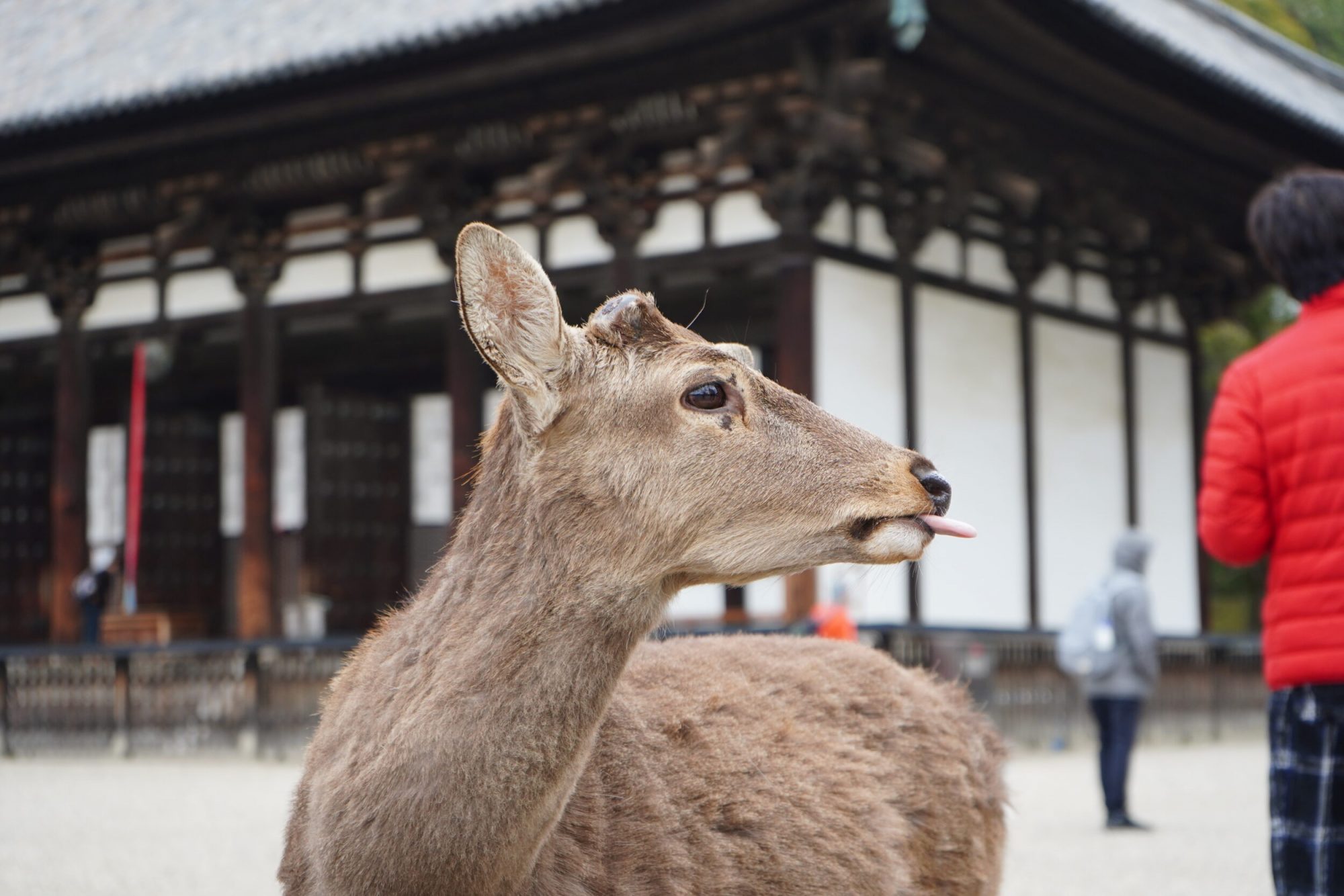
And some are not in the mood …
